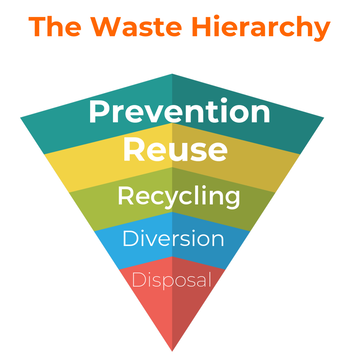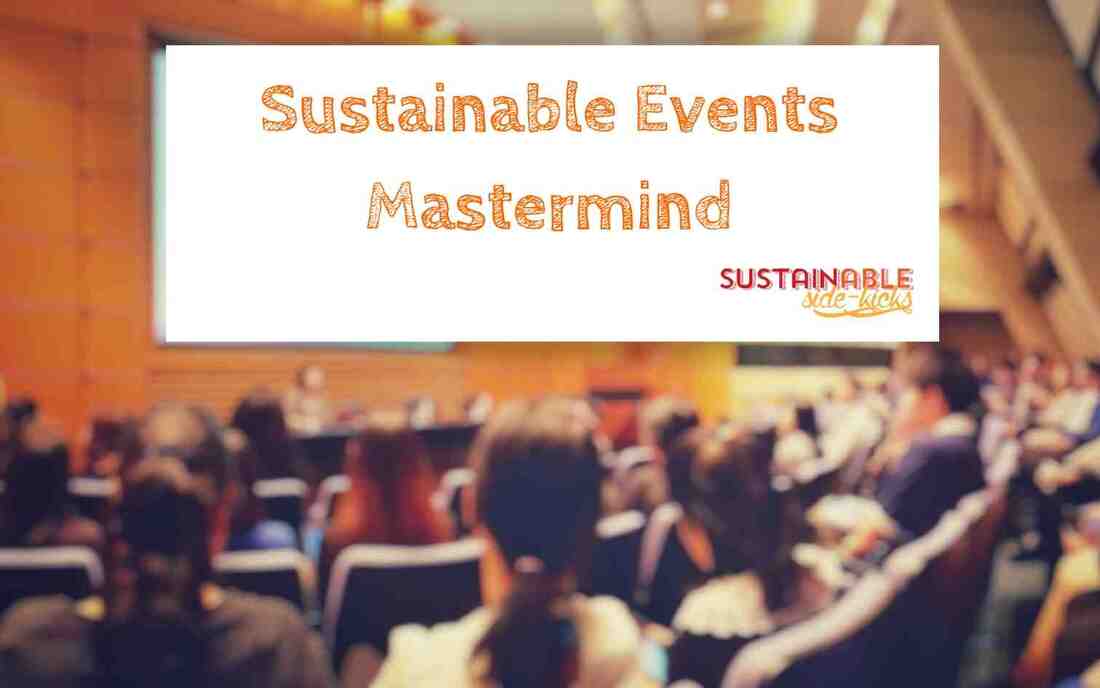Overcoming sustainable event overwhelm
This can be pretty overhelming when you also have to get your event live, sell tickets and keep your clients happy. Read on for three tips for reducing sustainable event overwhelm.
So just to be clear, sustainability is not just about the environment, it is about the social, financial and environmental aspects working in unison for positive benefits. In short, people, planet, profit.
This possibly seems even more overwhelming. Which is where it is essential to get specific on what you are going to focus on, make a plan and choose materials that fit with your plan and target.
1. Get specific
- The importance of issues on a scale of 1-5
- What control they have over these issues (1-5).
The totals of these scores give a hierarchy for the focus areas.
If you are working on an annual event, the lower scoring issues can be addressed over time. But if you are working on a one-off event you can use your learnings to streamline your processes gradually adding in the more challenging issues.
2. Make a plan and set targets
For example saying you want to have a plastic-free event is not specific, measurable, achievable, realistic or timely, when you consider that most graphics materials are made from plastic, as well as items like computers. 100% plastic bottle free by 2021, 75% single-use plastic-free by 2023 all give much more clarity and direction.
An action plan should include:
- The actions required to achieve your targets
- When they need to be completed
- Who needs to know – so many sustainability initiatives fall down because they are not communicated to key stakeholders
- How you will be measuring and monitoring your achievements – accountability is essential especially if you want to tell your clients and audience about your efforts.
3. Consider material choices
If you search through a catalogue of ‘sustainable merch’ or try and evaluate the latest ‘sustainable, biodegradable or compostable’ material (that is 3 times the price of your usual option), it is also easy to be overwhelmed.
I am regularly asked about these items, and my approach would always be to approach using the mantra: Reduce, reuse, then see if you can actually recycle or compost it. And this is not just a hippy outlook it is also the basis of the waste hierarchy which all businesses are legally required to follow by UK and EU law.
- if people really need a cheap giveaway
- if that signage could be delivered without making anything (digital)
- or choosing a uniform that is generic e.g. people wear plain black.
Then for unavoidable items designing without dates so they could be used again.
For anything that is unavoidably single-use, you need to check if items are practically recyclable or compostable in the place they will end up. If you assume that a venue sends waste to a similar processing plant to your household waste (except for wood) you will have an insight on what they can process (you can also ask the waste contractor).
Most recyclable graphics and carpet require specialist recycling, otherwise they will end up being incinerated, so ask the supplier for a takeback scheme.
FYI, generally most venues do not have composting contracts that will accept anything other than food. Bio/compostable plastics need a specialist collection and bamboo serveware will never compost, as it is too hard.
Your sustainable events mindset
This is the grounding of a sustainable events mindset and if you are ready to hear more about:
- Avoiding common sustainable event mistakes
- Talking to clients and contractors about sustainability
- The questions to ask venues, suppliers and contractors
- How to begin a conversation about sustainability and budgets with clients
Watch The Sustainable Events Mastermind.
To reflect the current challenges of the event industry, this mastermind has a tiered pricing structure with the option of 1-1 support on your own event sustainability queries
10% of fees will be going to Choose Love- Help Refugees.



10% of all online courses go to grassroots charities.
20% of all consultancy and bespoke workshops go for rewilding.
50 free places are awarded to campaigners from underrepresented communities each year.



